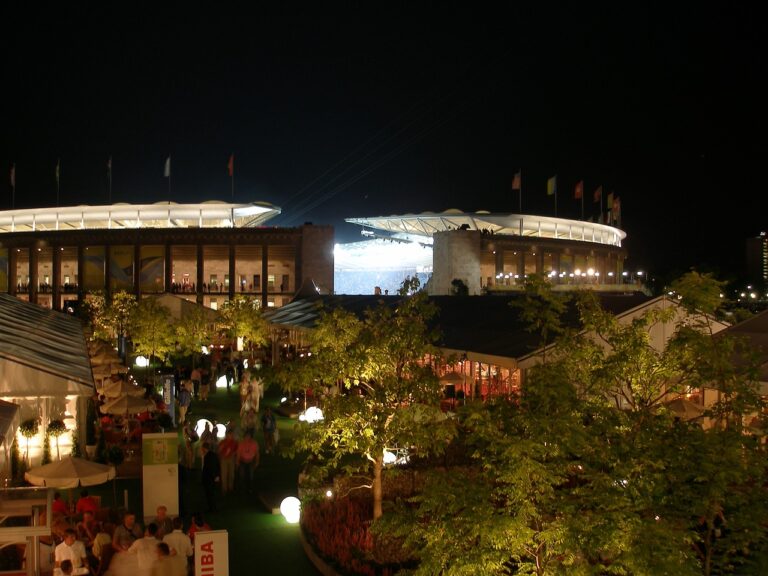The Psychology of Fan Experience: Designing Emotionally Engaging Spaces: Betbhai9, Playexch in login, Lotus365 in login password
betbhai9, playexch in login, lotus365 in login password: Fan experience is a crucial aspect of any event or space designed to engage an audience. Whether it’s a sports stadium, music festival, or theme park, creating emotionally engaging spaces is essential for capturing the hearts and minds of fans. But what exactly goes into designing these spaces that elicit strong emotions and create lasting memories? Let’s dive into the psychology behind fan experience and how to design spaces that truly resonate with audiences.
Understanding the Psychology of Fan Experience
The psychology of fan experience is rooted in the idea of creating a sense of belonging, excitement, and connection for attendees. When fans feel a strong emotional connection to a space, they are more likely to engage with the event or activity on a deeper level. This emotional engagement can lead to increased loyalty, satisfaction, and overall enjoyment of the experience.
One key aspect of designing emotionally engaging spaces is creating a sense of community and belonging. Fans want to feel like they are part of something bigger than themselves, whether it’s cheering for their favorite sports team or singing along with thousands of other music lovers. By fostering a sense of community through shared experiences, traditions, and rituals, designers can create spaces that resonate with fans on a deeper emotional level.
Another important factor in designing emotionally engaging spaces is creating a sense of excitement and anticipation. Fans are drawn to experiences that stimulate their senses and evoke strong emotions. Whether it’s the thrill of a roller coaster ride or the adrenaline rush of a close sports game, fans crave excitement and novelty in their experiences. By designing spaces that offer a mix of familiar comforts and new surprises, designers can create a dynamic and engaging environment that keeps fans coming back for more.
The Role of Design in Fan Experience
Design plays a crucial role in shaping the fan experience and influencing how fans interact with a space. From the layout and aesthetics of a venue to the wayfinding signage and interactive elements, every design choice can impact how fans perceive and engage with the space.
For example, the use of color, lighting, and materials can create a mood and atmosphere that sets the tone for the fan experience. Bright colors and dynamic lighting can energize a space and create a sense of excitement, while cozy textures and warm tones can evoke a feeling of comfort and relaxation. By carefully considering the design elements that go into a space, designers can create an environment that appeals to fans’ emotions and enhances their overall experience.
FAQs
1. How can designers create a sense of community in fan spaces?
Designers can create a sense of community in fan spaces by incorporating elements that promote social interaction, such as communal seating areas, designated gathering spaces, and interactive activities that encourage fans to connect with each other.
2. What role does storytelling play in designing emotionally engaging spaces?
Storytelling is a powerful tool for creating emotionally engaging spaces by giving fans a narrative to connect with and feel invested in. By weaving a compelling story throughout the design of a space, designers can enhance fans’ emotional connection and create a more immersive experience.
3. How can designers balance familiarity and novelty in fan spaces?
Designers can balance familiarity and novelty in fan spaces by incorporating elements that are both familiar and surprising. By combining traditional elements that fans know and love with new and innovative features, designers can create a space that feels fresh and exciting while still resonating with fans’ expectations.
In conclusion, the psychology of fan experience is all about creating emotionally engaging spaces that resonate with audiences on a deep level. By understanding the emotional needs and desires of fans, designers can create environments that foster a sense of community, excitement, and connection. Through thoughtful design choices and strategic planning, designers can craft spaces that leave a lasting impression and keep fans coming back for more.







